Editor’s note: This story contains graphic images.
War leaves behind more than ruins and destroyed cities — it carves an invisible mark in the form of the missing and the dead. One of the most painful and challenging aspects of war is the fate of fallen soldiers, whose bodies remain on the battlefield, in trenches, on minefields, or in occupied territories.
According to Ukrainian officials, at least 55,000 people were considered missing as a result of the Russian-Ukrainian war as of September 2024. At least 46,000 Ukrainian soldiers have been killed since the beginning of the full-scale invasion in 2022, according to President Volodymyr Zelensky.
Ukrainian photographer Viacheslav Ratynskyi joined Platsdarm (Bridgehead in Ukrainian) Organization for several missions to recover fallen soldiers in Kharkiv and Donetsk oblasts in October 2024 and January 2025.
Platsdarm is a group of volunteers founded by Oleksii Yukov in 2014, when Russia launched its initial invasion of Ukraine. Since the beginning of Moscow’s full-scale war, Platsdarm has found the bodies of more than 3,000 fallen Ukrainian soldiers. Platsdarm also recovers the bodies of Russian soldiers which are later exchanged by the Ukrainian government.
"My goal is to lift the veil on this hidden process and document the journey of the fallen."
“This is a visual exploration of one of the war’s most taboo subjects — one that rarely makes headlines: the reality of death and how Ukrainians honor their fallen. My goal is to lift the veil on this hidden process and document the journey of the fallen — from the mine-laden forests to black body bags, from refrigerated trucks to forensic examination tables and DNA labs, and finally, to their eternal resting place in the soil,” Ratynskyi says.
Every mission begins at the place of death — whether on the active front line, where search teams work under relentless shelling, or former battlefields, where they painstakingly collect scattered remains from minefields. Every finding can be a crucial key to identification. These traces may be small — torn uniforms, dog tags, personal belongings, bones, teeth, or even DNA remnants that help establish a soldier’s identity.
Once remains are recovered, they are carefully packaged and transported to specialized laboratories for genetic analysis. The identification process is incredibly complex, as remains are often found in a severely deteriorated state — burned, damaged, or scattered. If the remains can be identified, they are returned to the soldier’s family, offering them a final chance to grieve and lay their loved one to rest.
This is one of the most agonizing moments, when families receive the opportunity to bury their relatives with dignity and honor them properly – and yet it also gives clarity and allows them to finally find a semblance of peace.
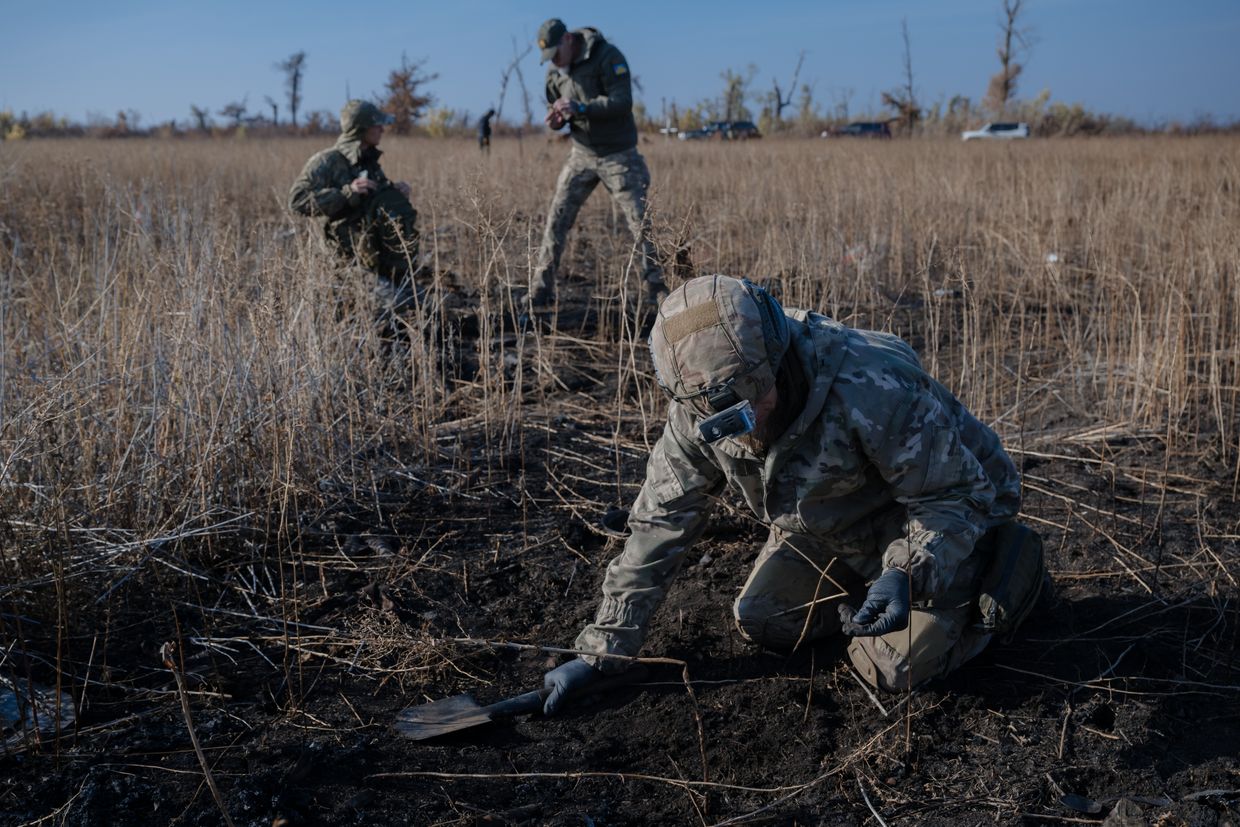
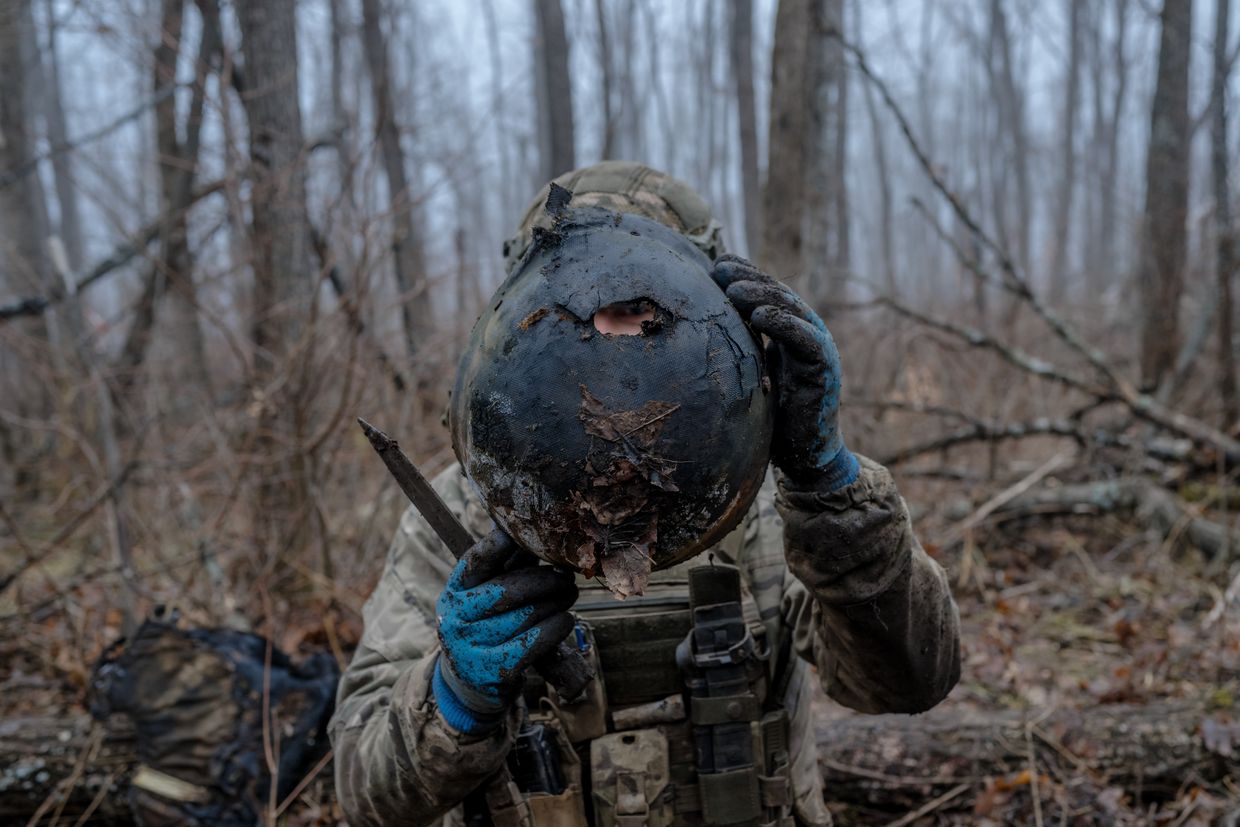
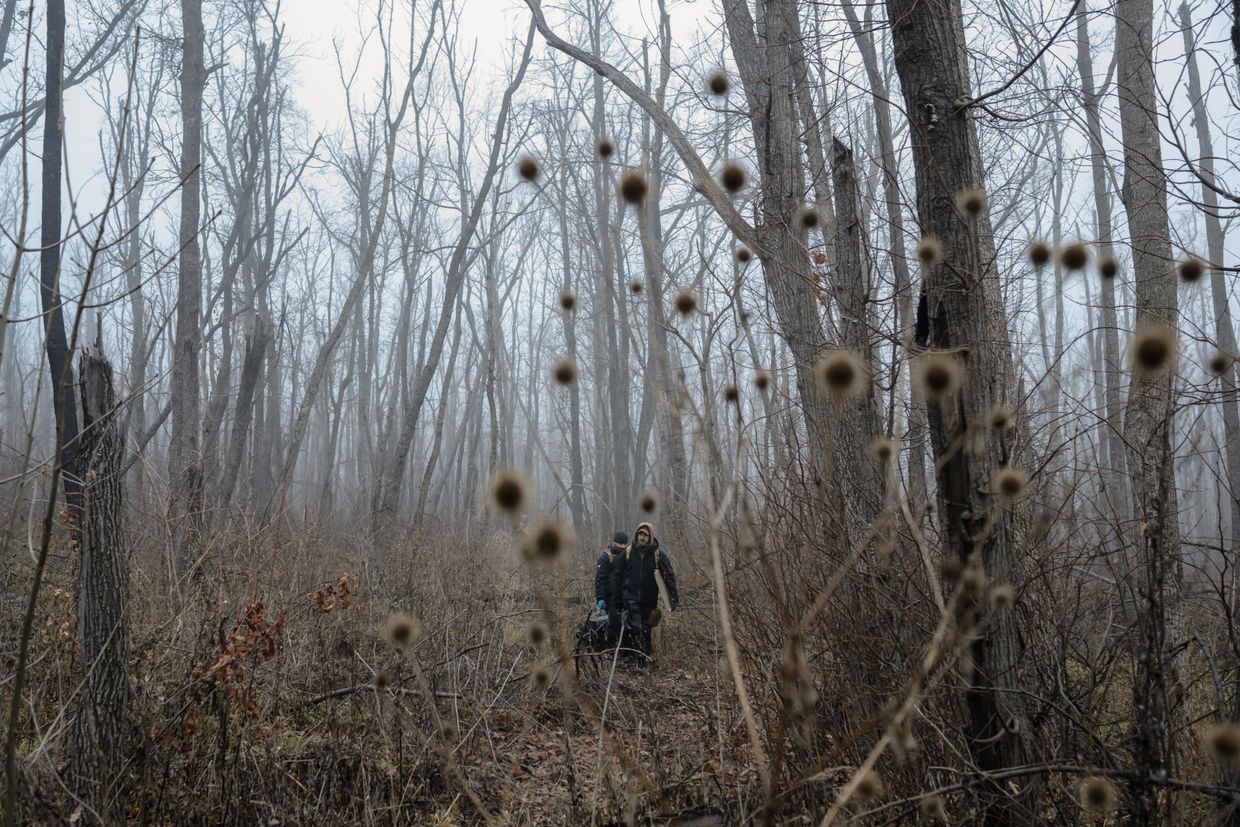
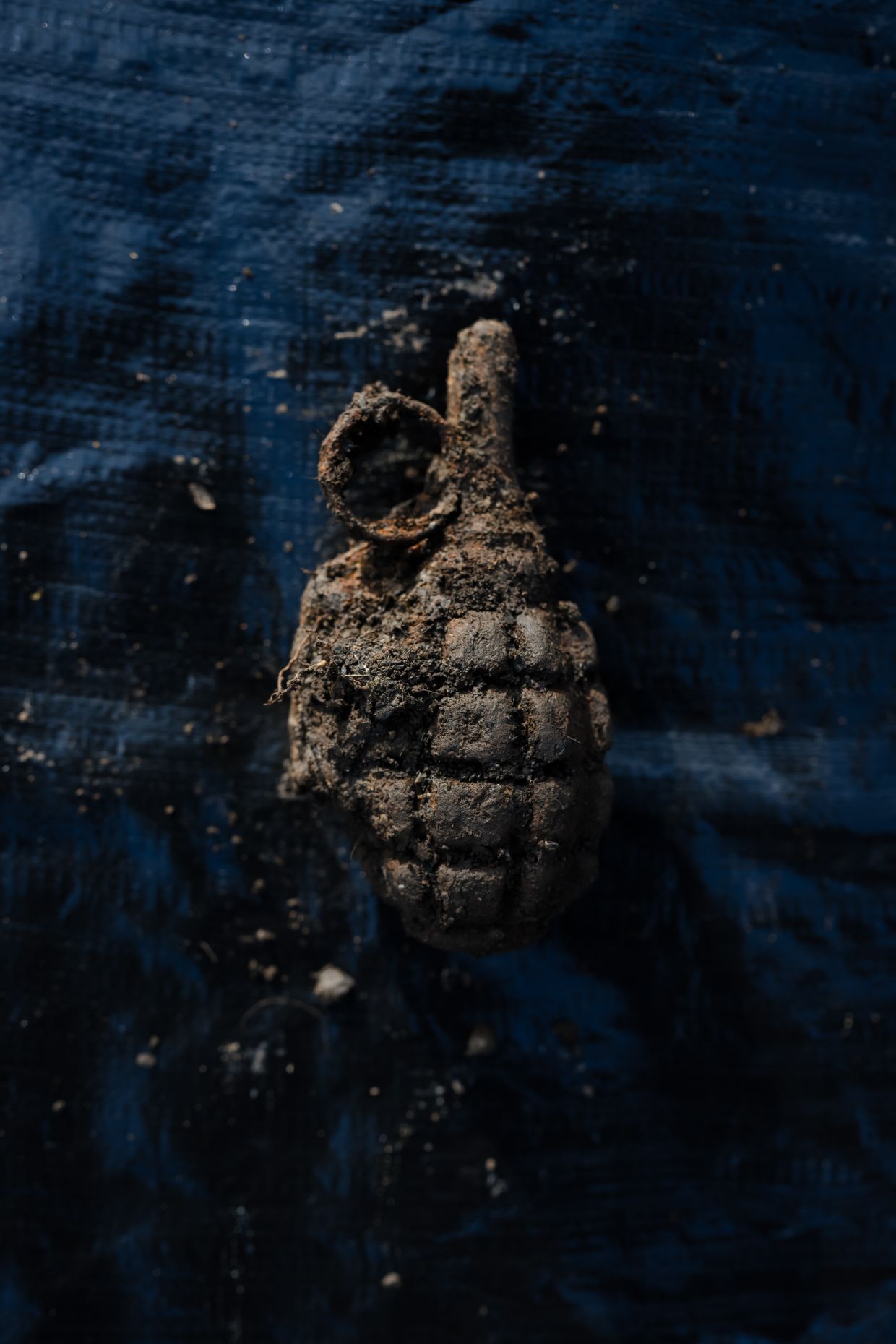
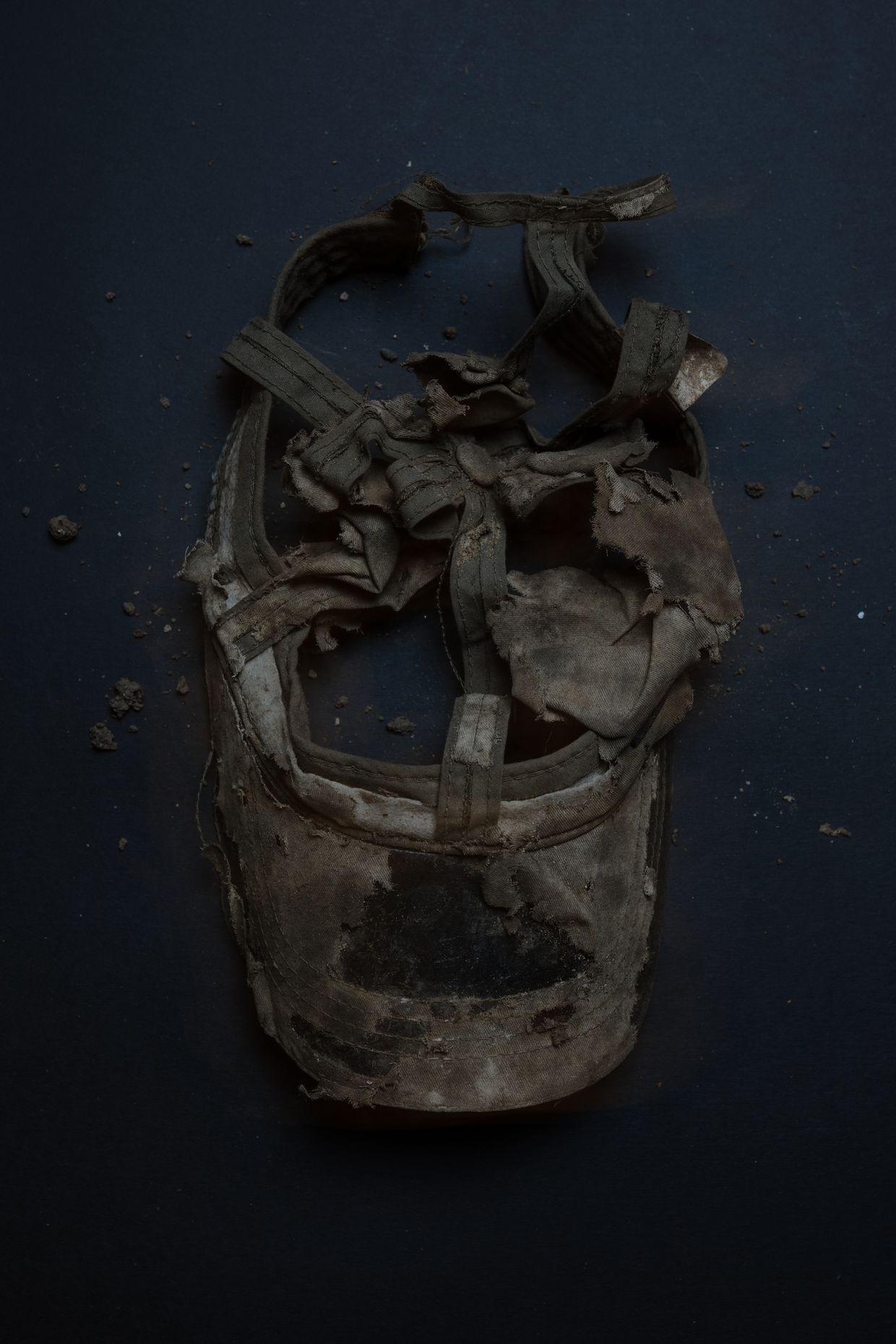
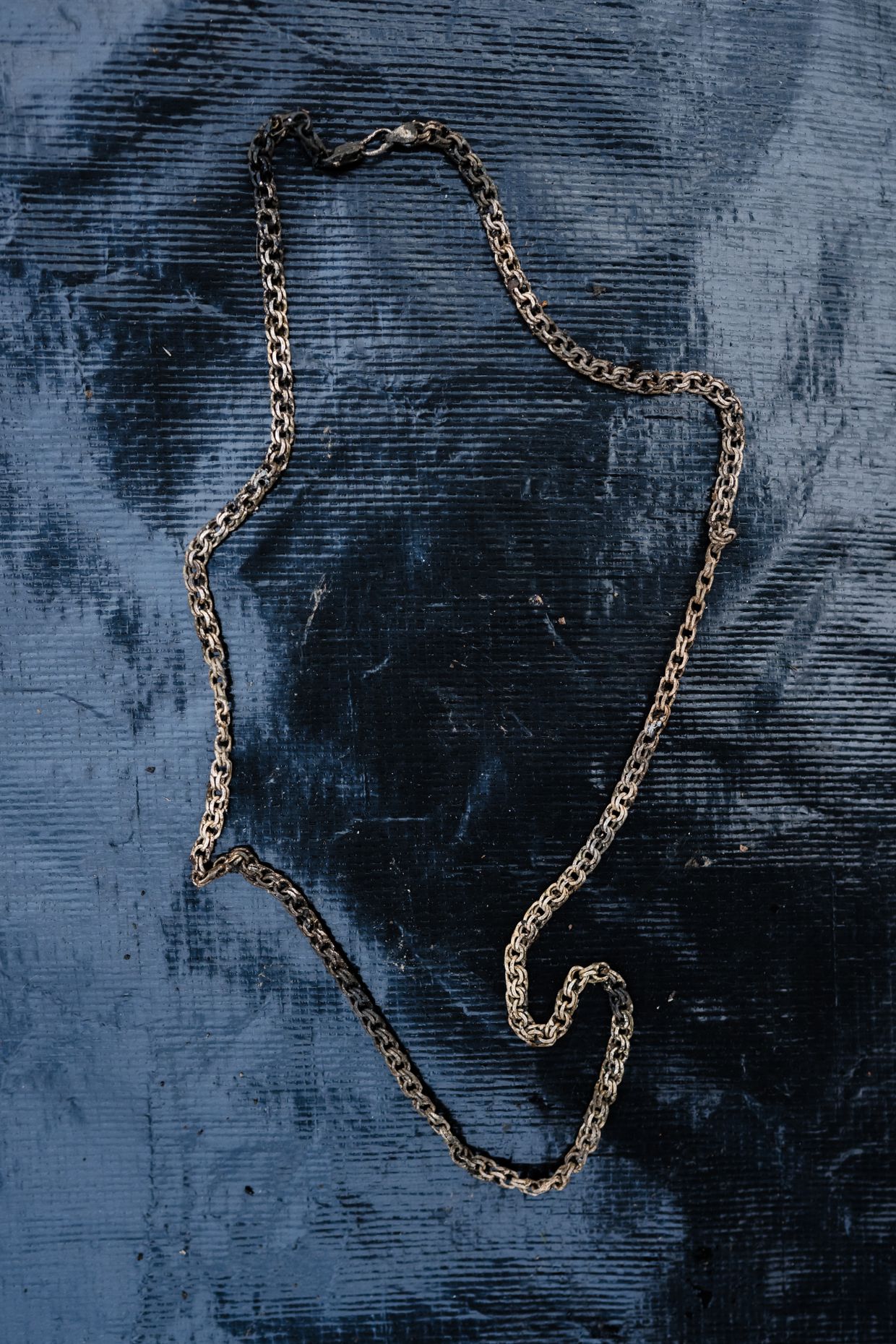
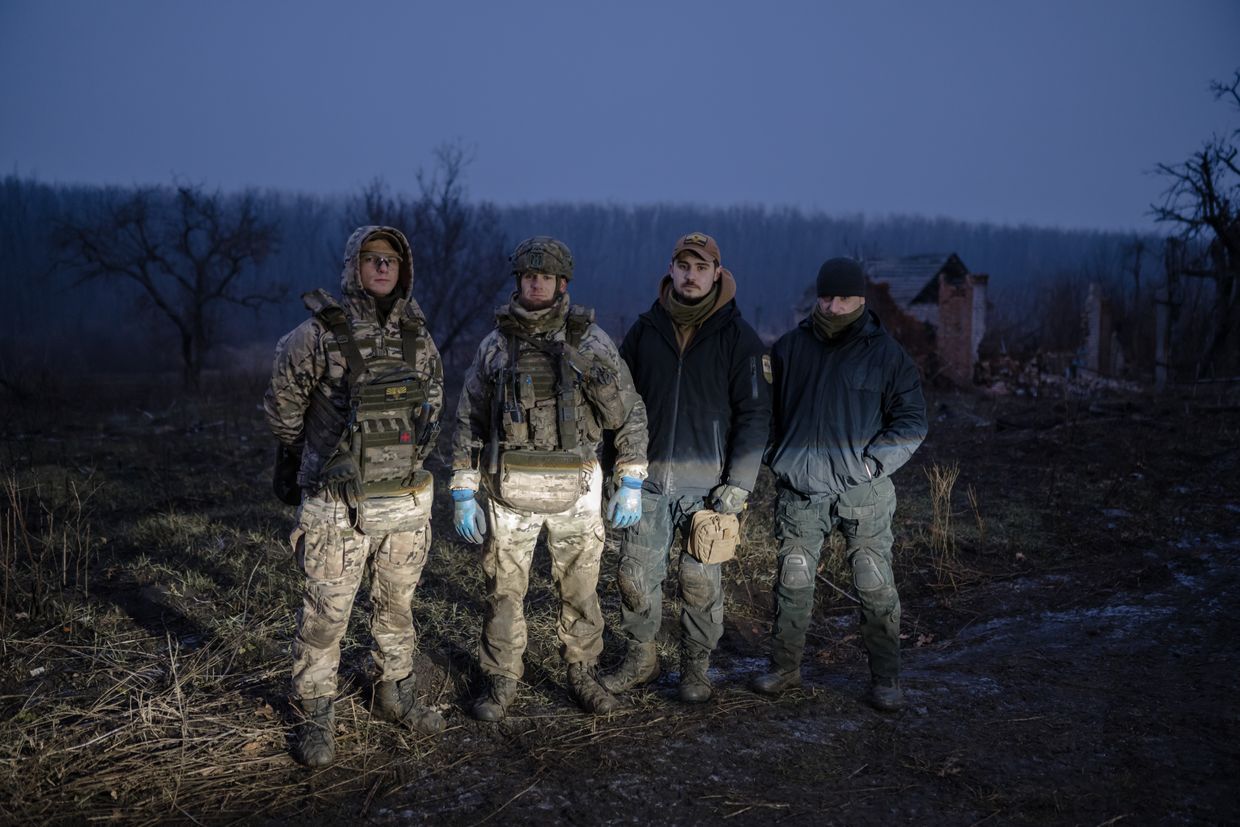
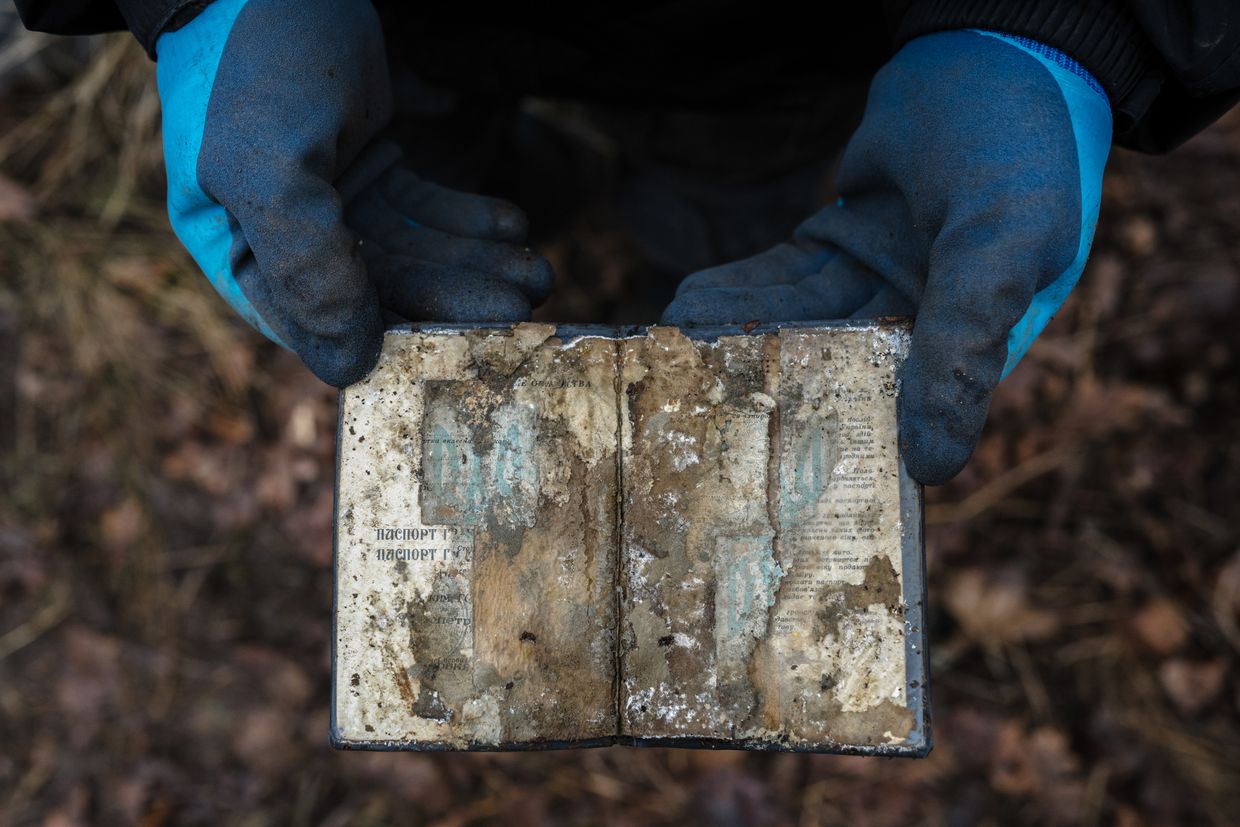
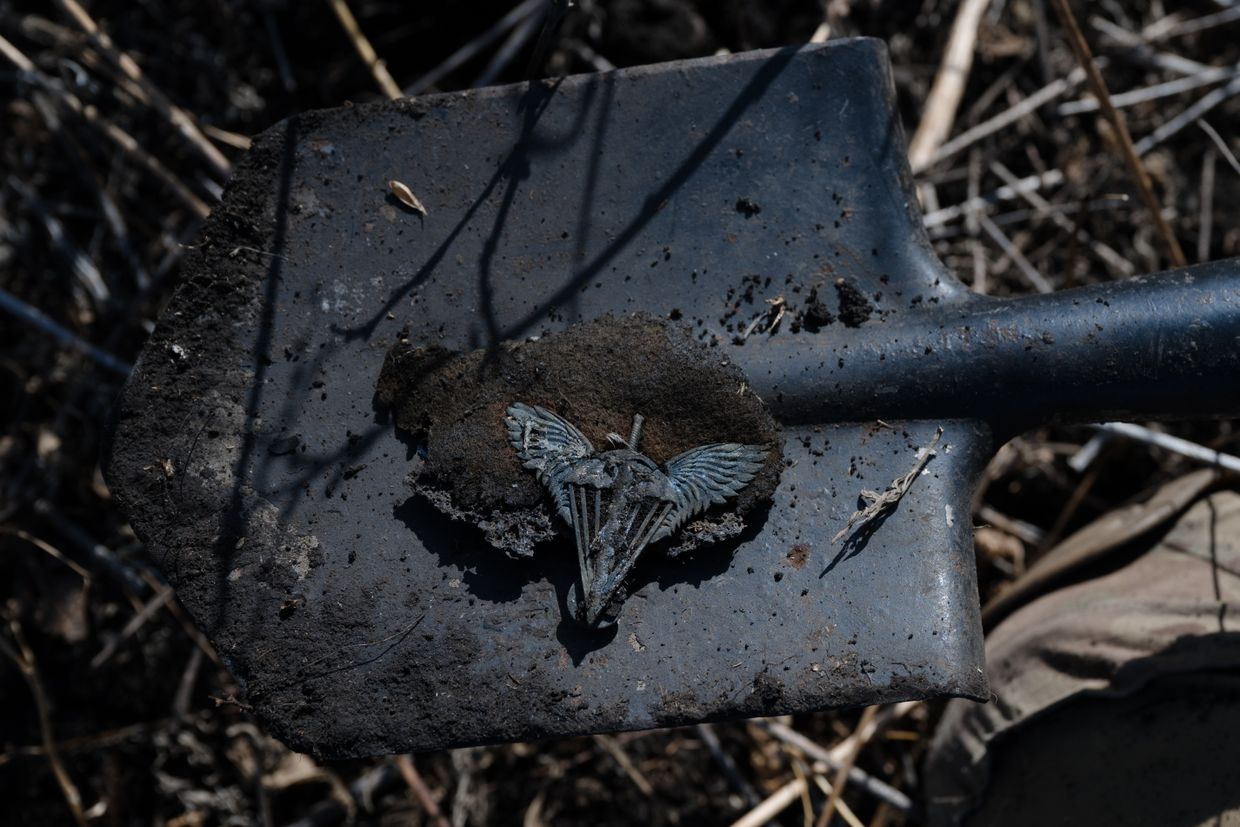
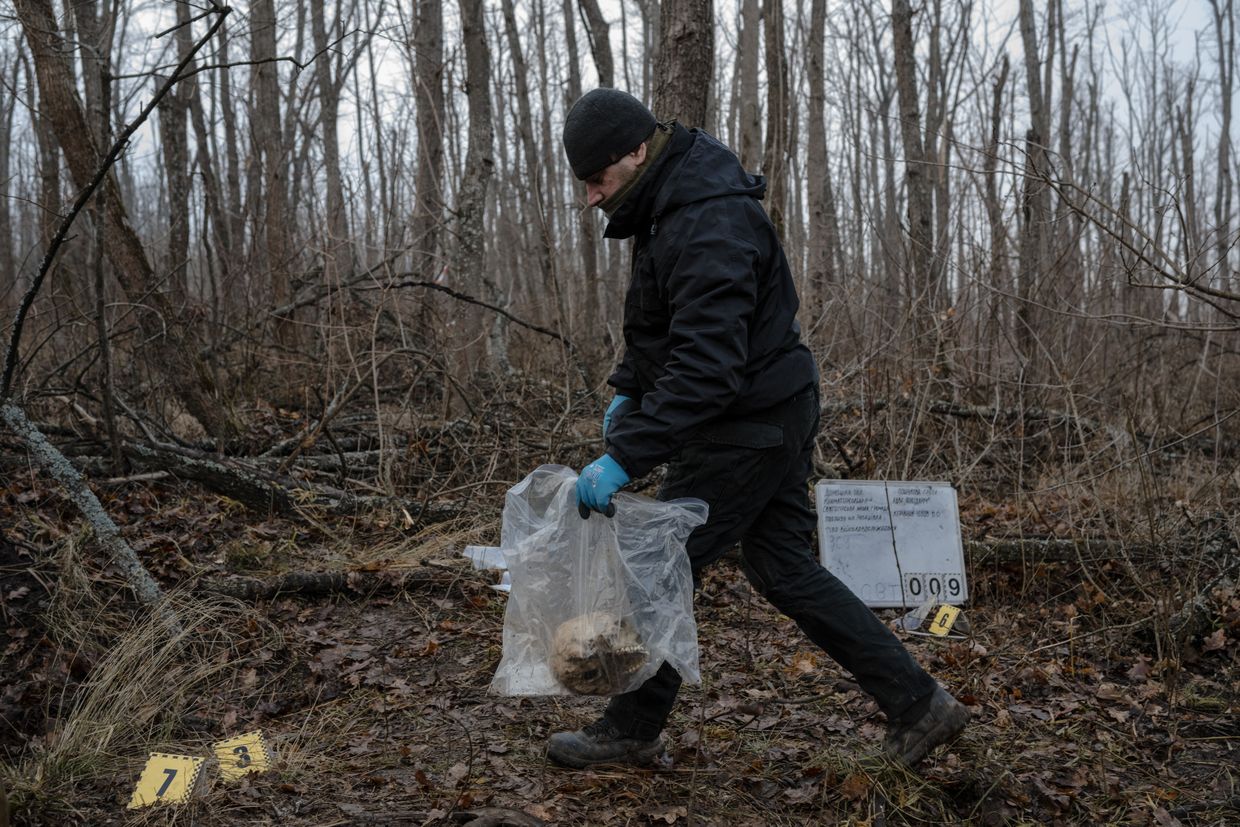
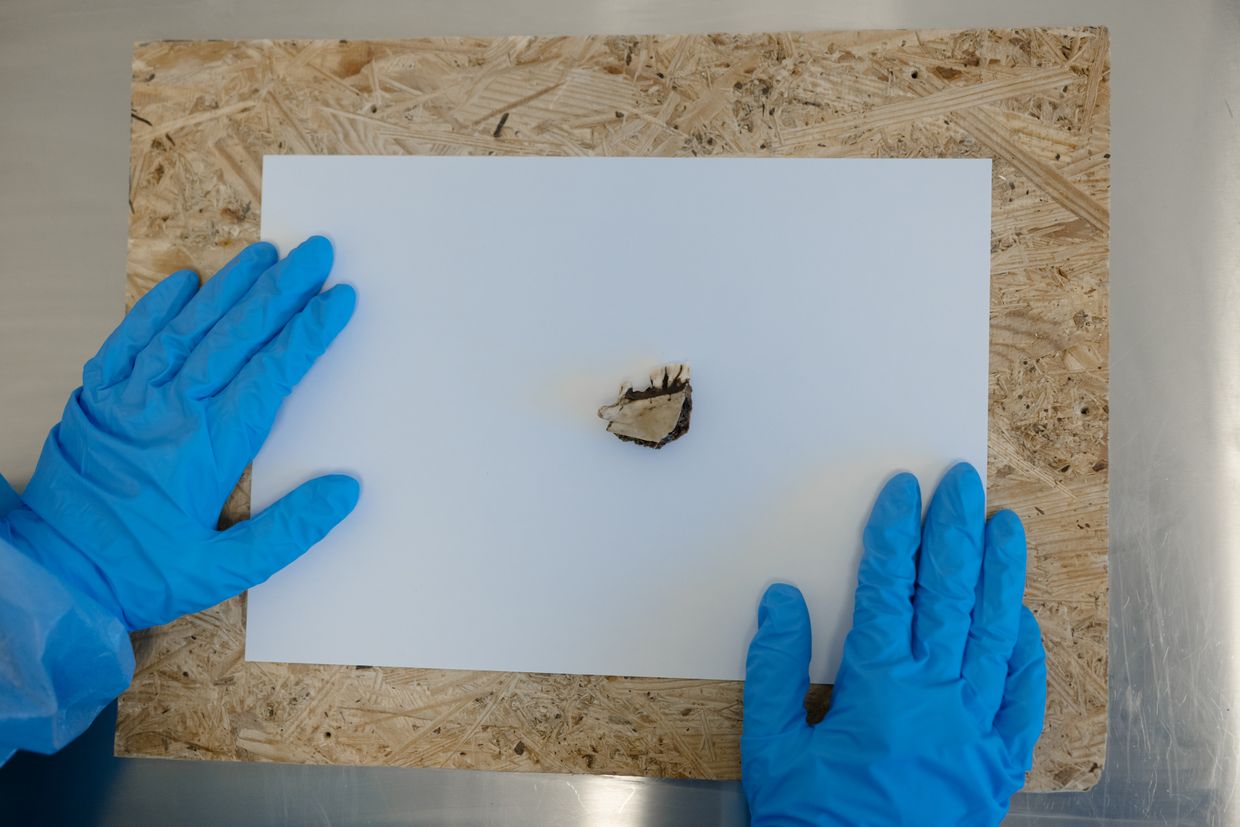
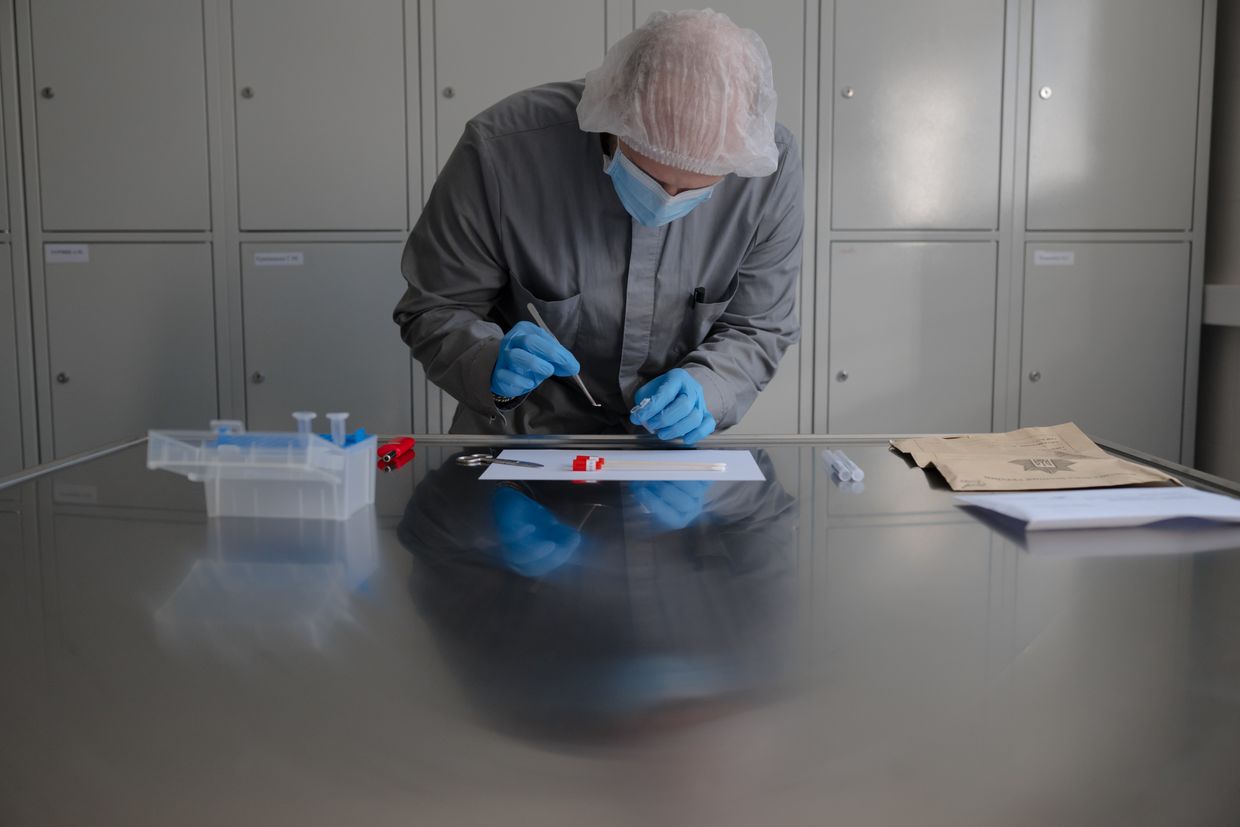
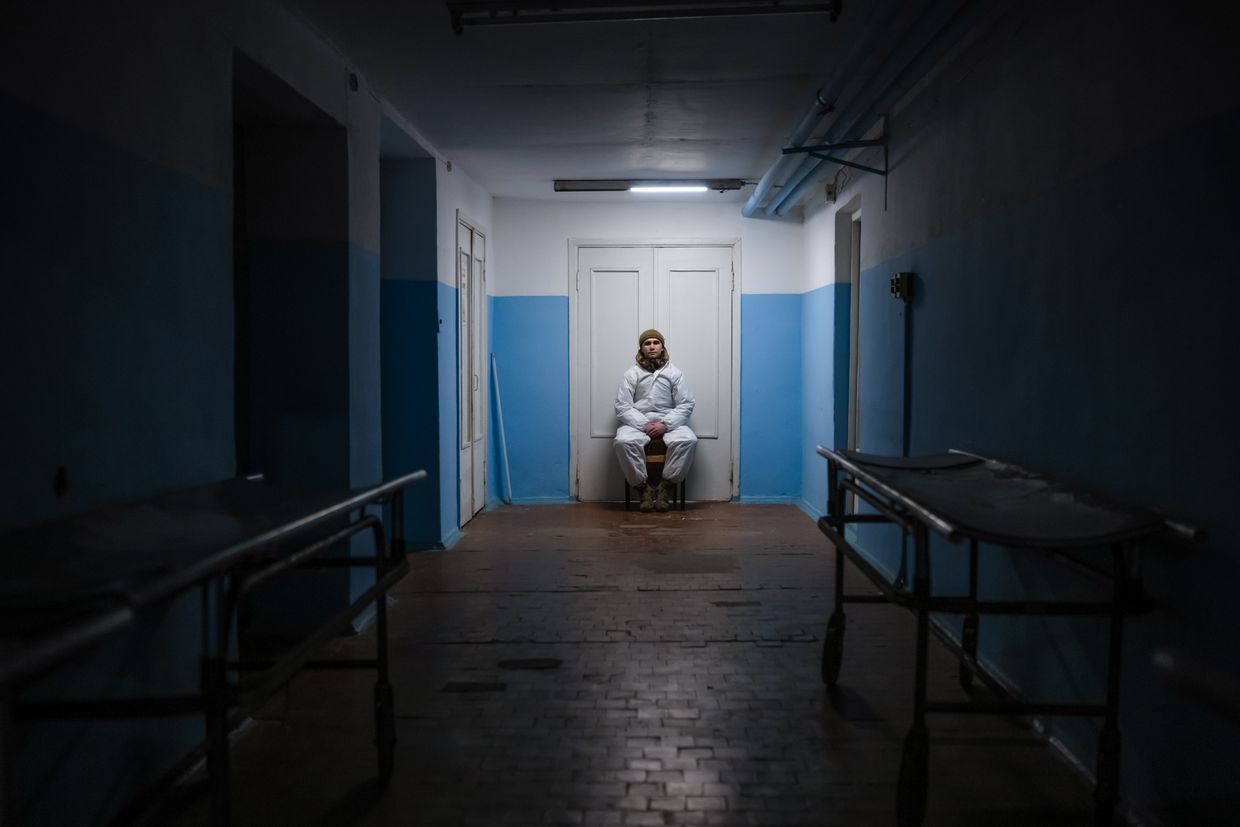
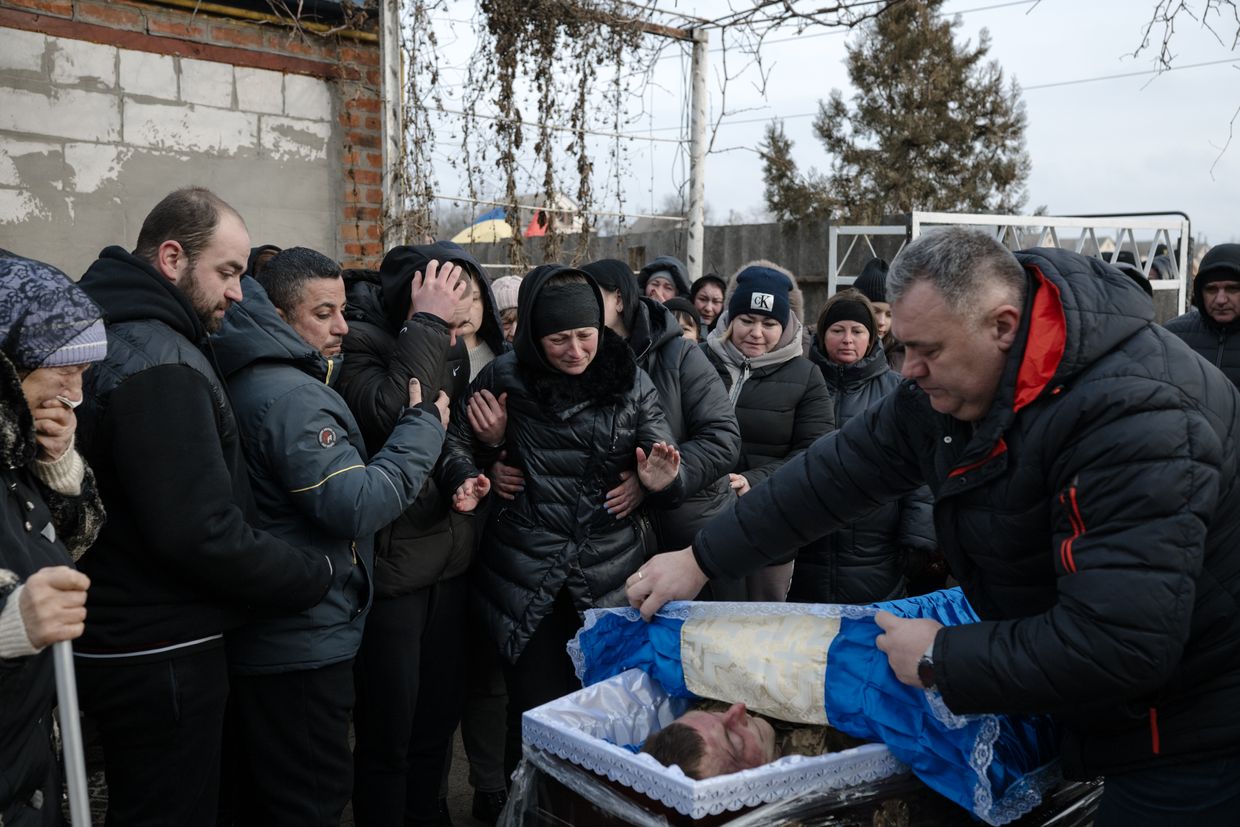
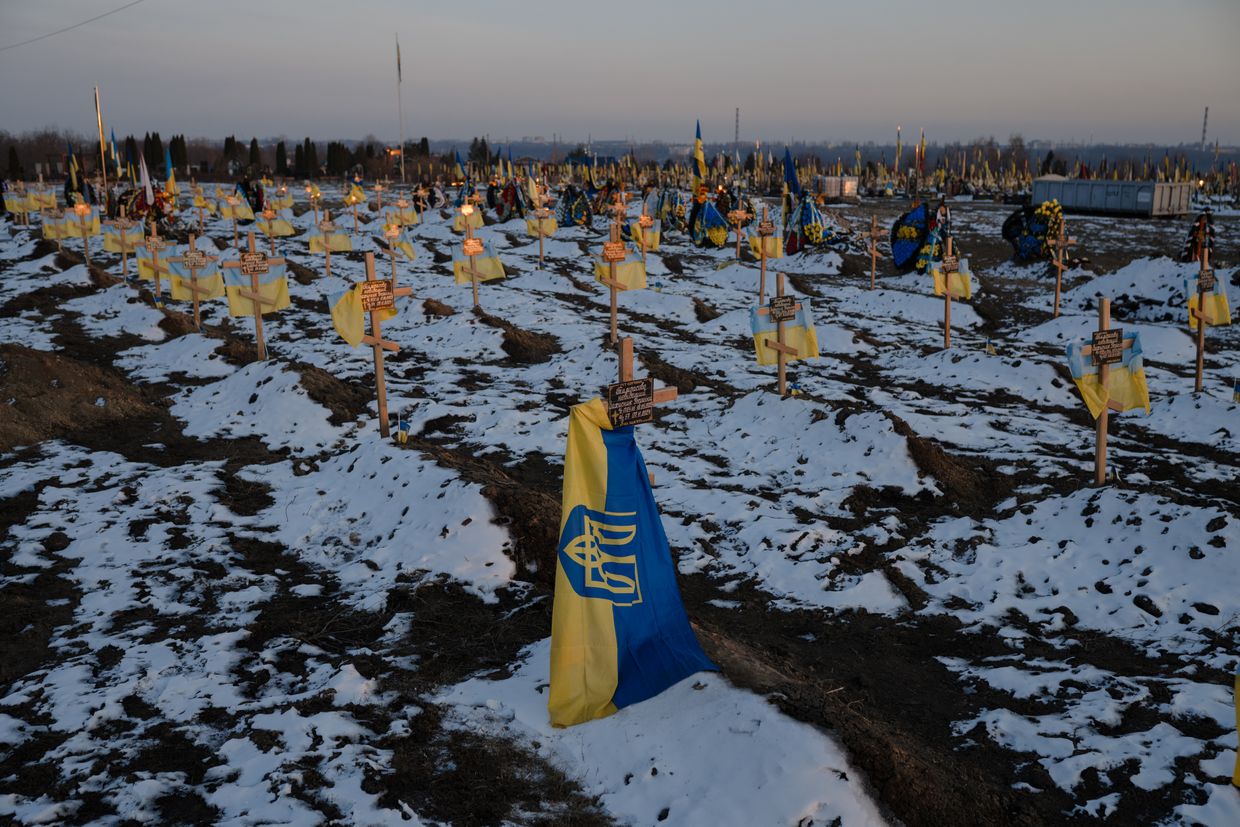
Alone: Photo project shows wives of fallen soldiers coping with loss, shattered dreams (Photos)
Thousands of Ukrainian soldiers have been killed by Russia’s war since 2022, leaving behind partners with shattered dreams of a shared future. As the full-scale Russian invasion nears its two-year mark, the number of fresh graves at cemeteries across Ukraine continues to grow, as does the number of…

.png)
 German (DE)
German (DE)  English (US)
English (US)  Spanish (ES)
Spanish (ES)  French (FR)
French (FR)  Hindi (IN)
Hindi (IN)  Italian (IT)
Italian (IT)  Russian (RU)
Russian (RU)  19 hours ago
1
19 hours ago
1
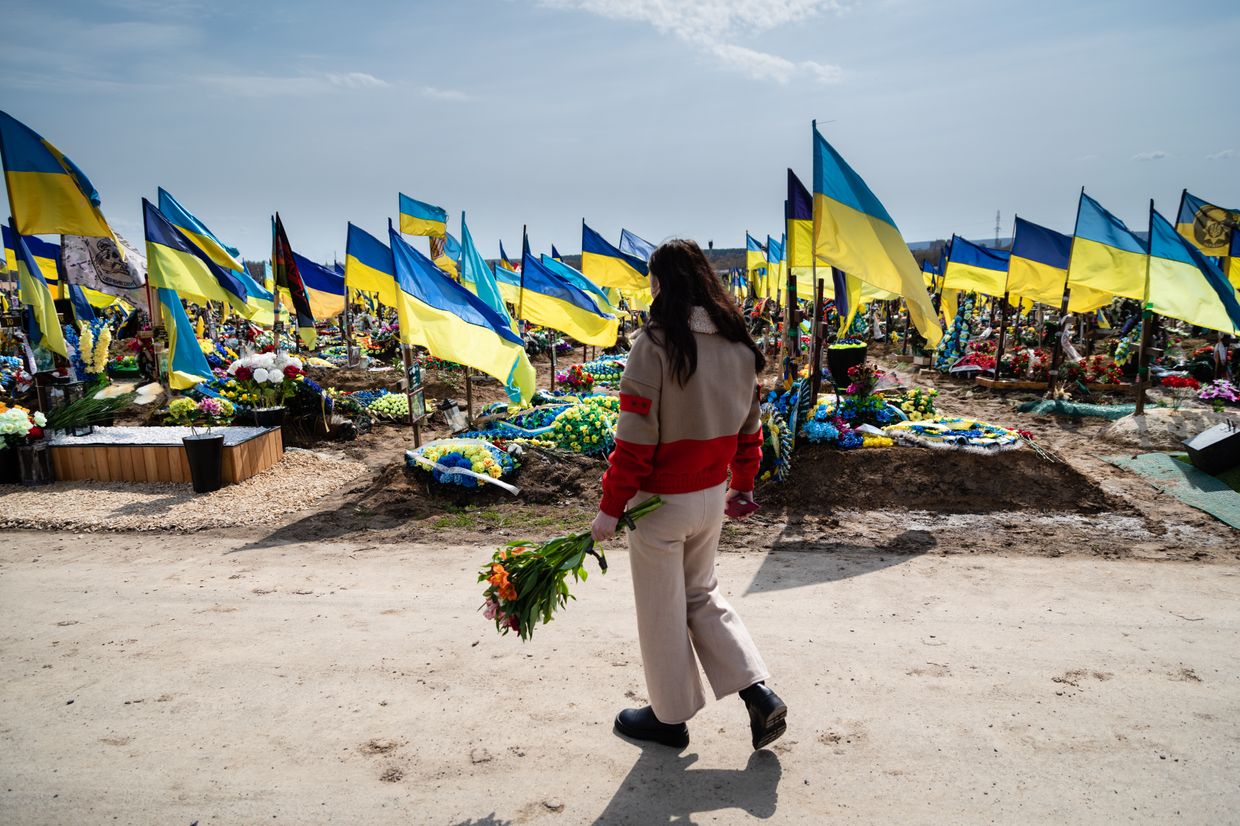
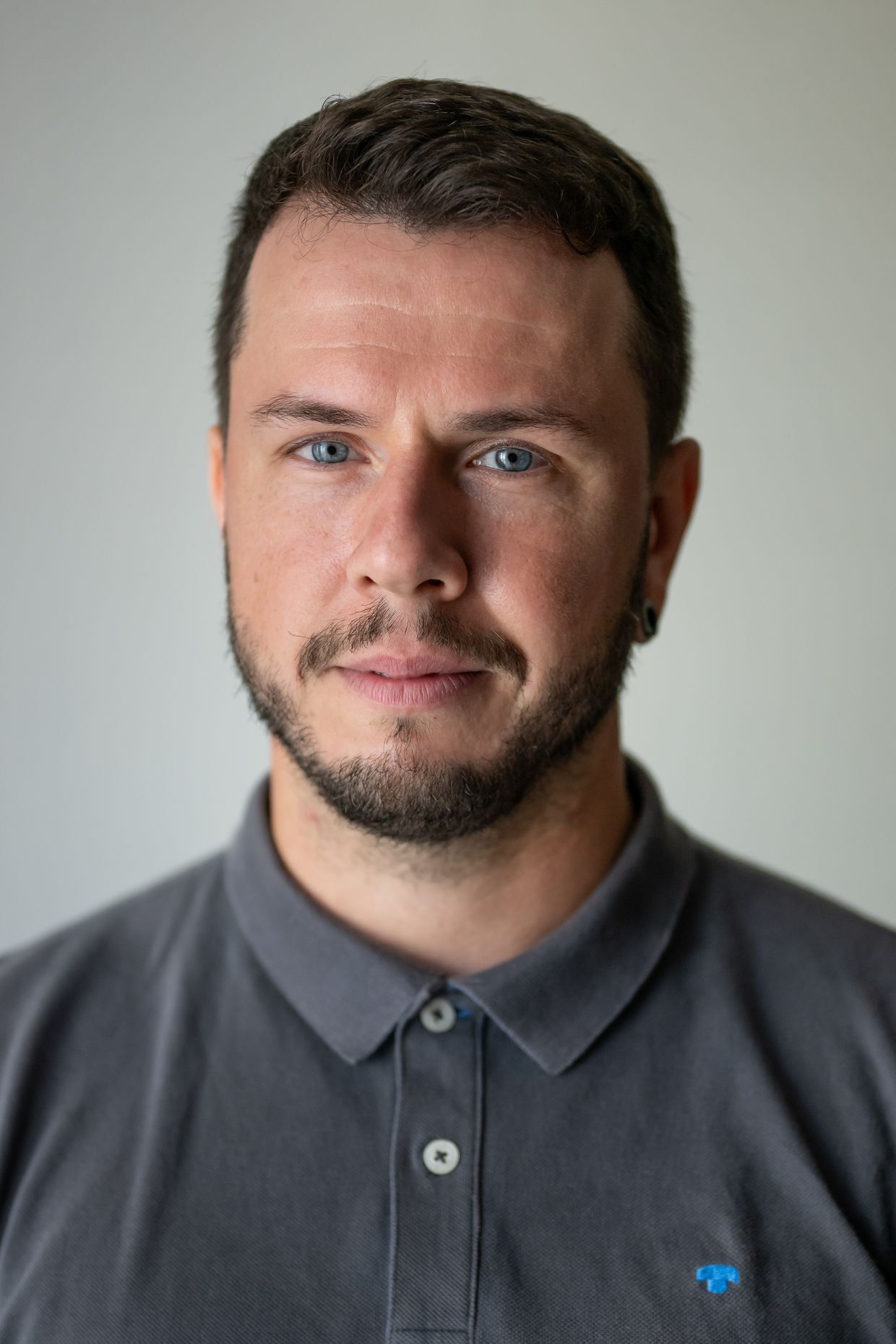
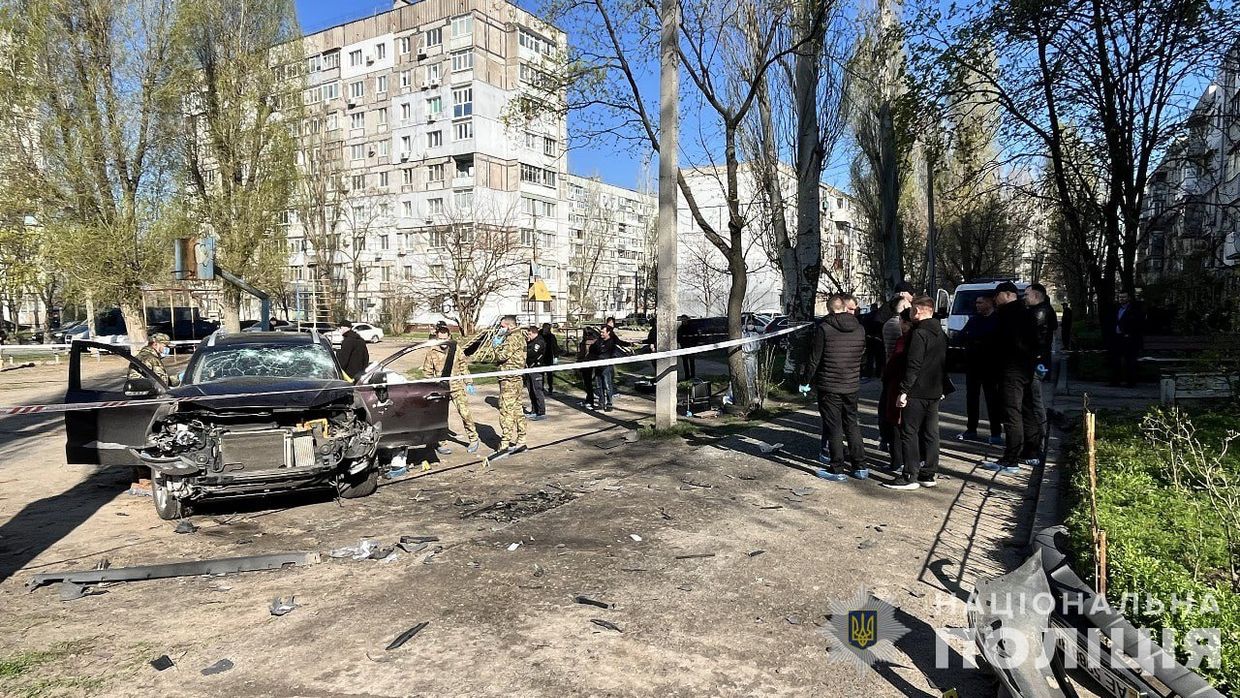
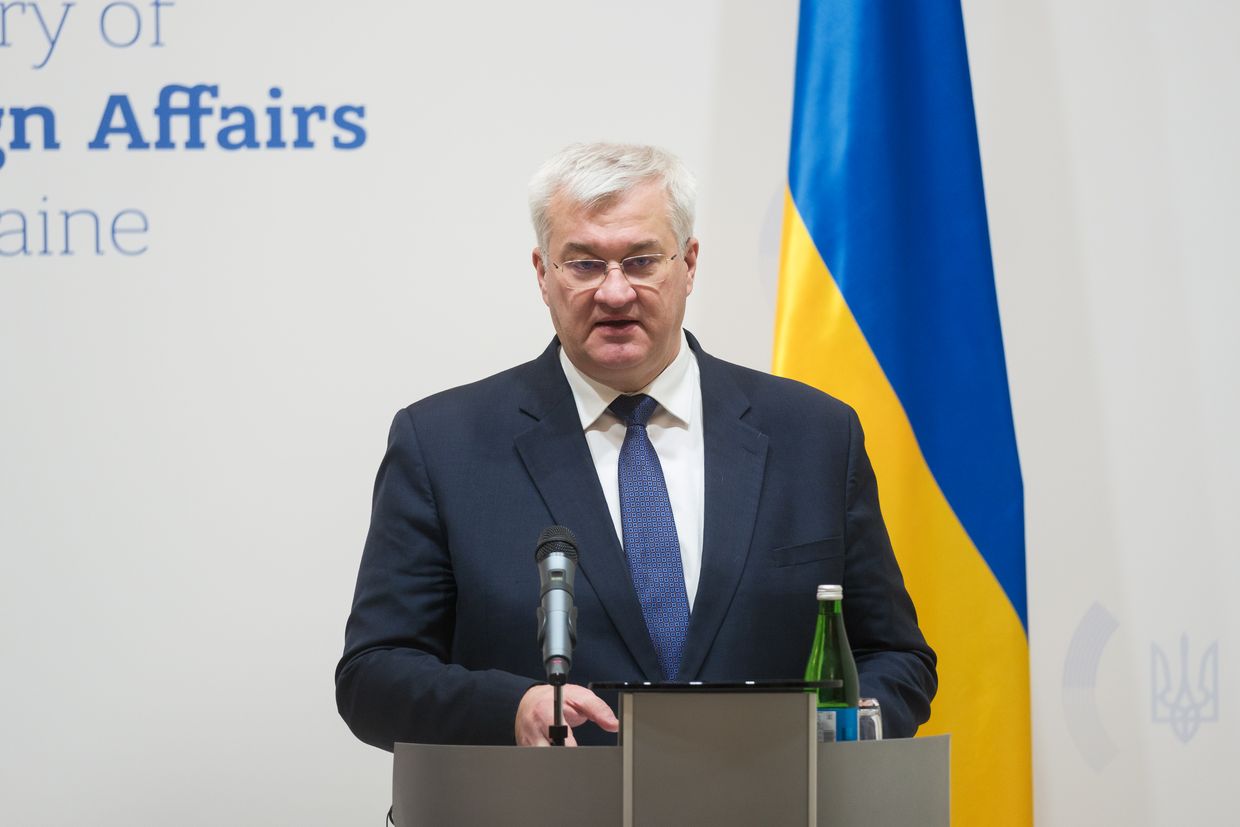
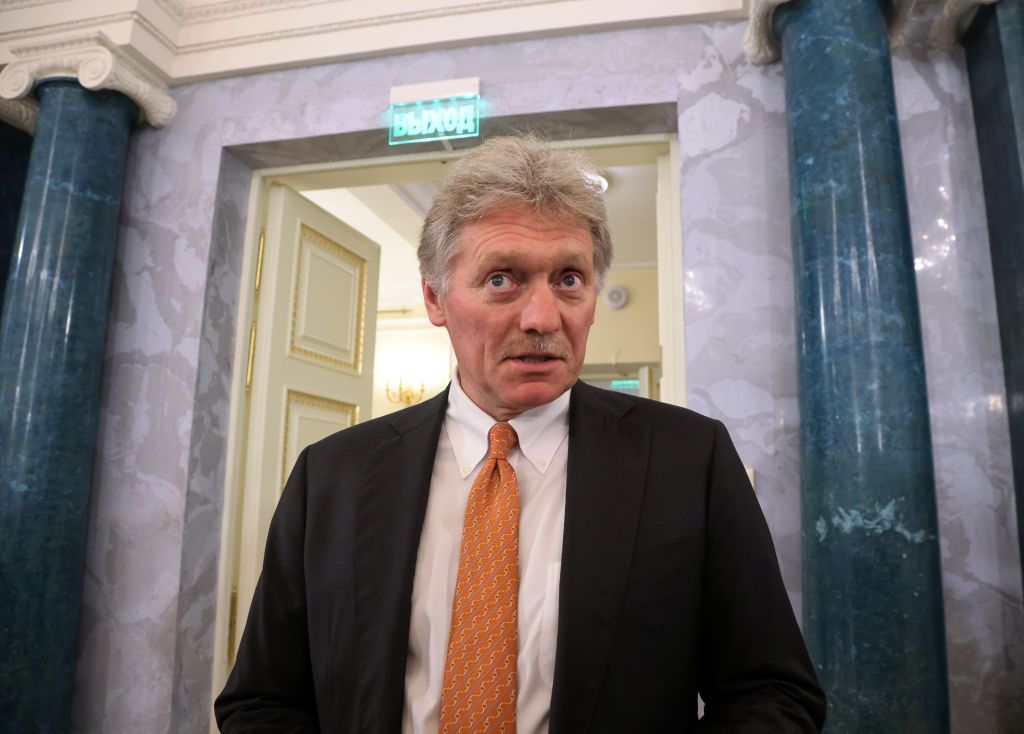
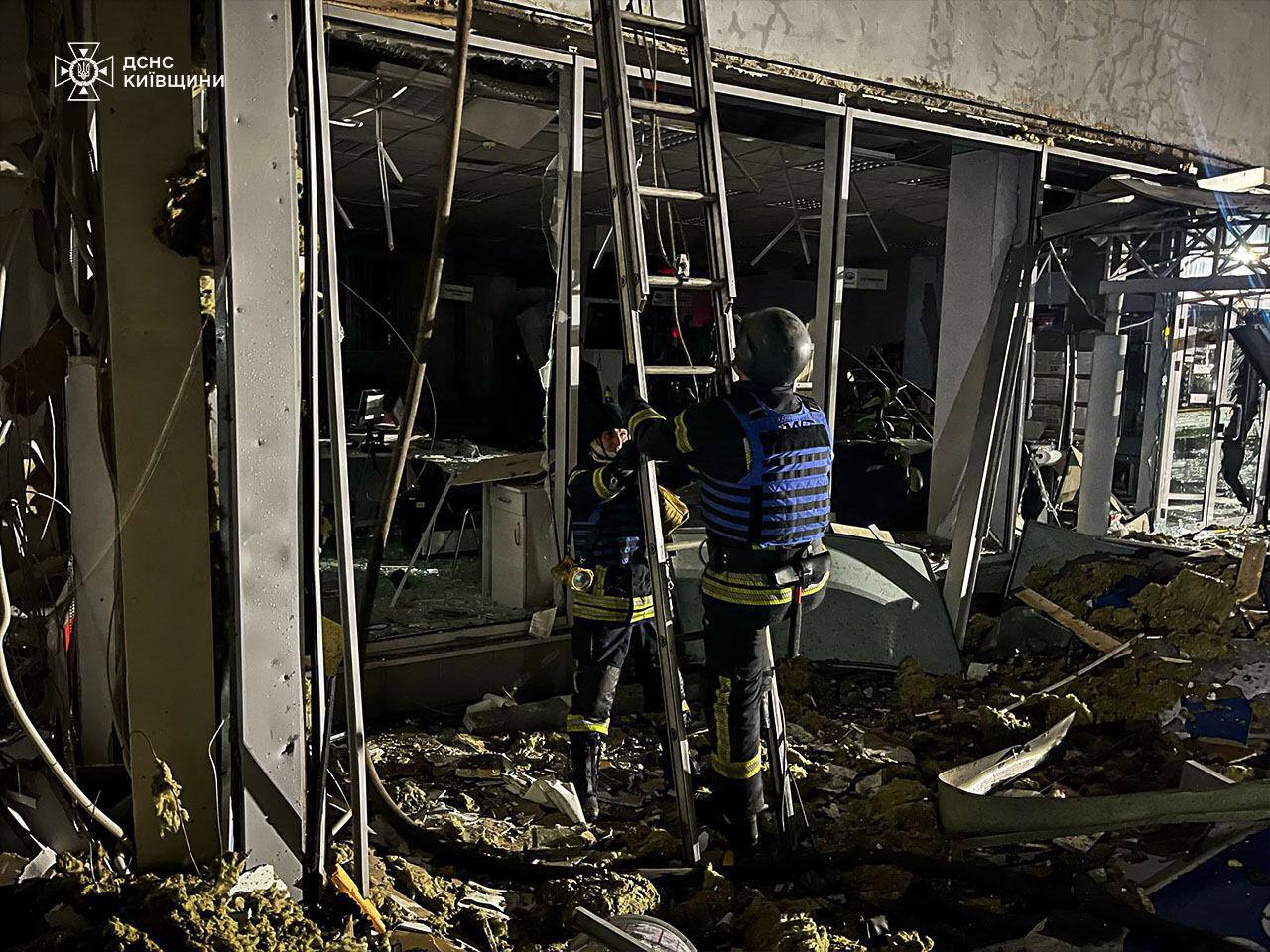





Comments